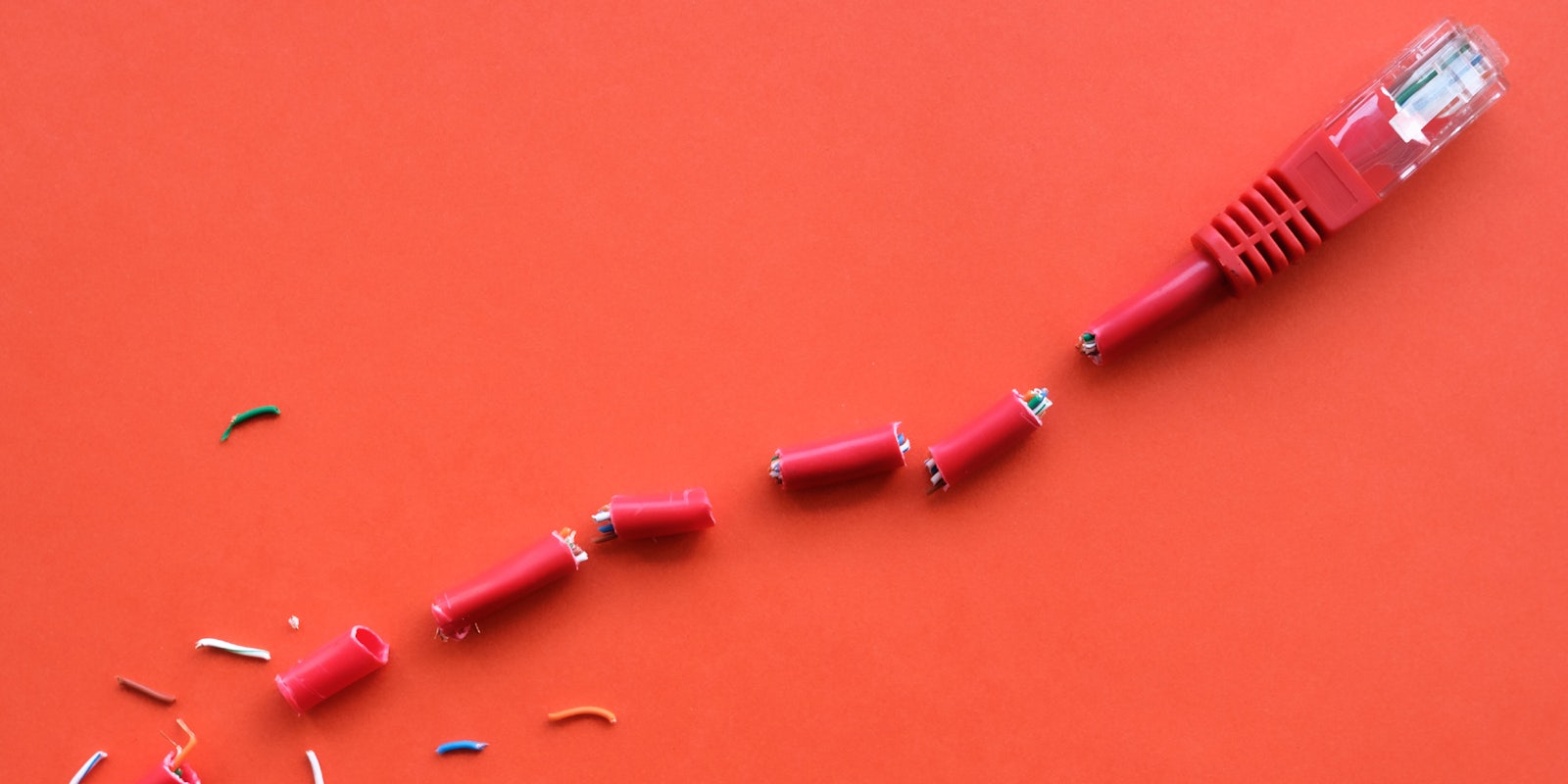While the Federal Communications Commission’s (FCC) broadband discount program has attracted more than 7 million enrollees, a new report shows that millions of people who are eligible are not signing up for the program.
Earlier this year, the FCC launched the Emergency Broadband Benefit (EBB), which offers eligible people a monthly discount on their internet bills. The program, which was initially part of a coronavirus relief package, will be expanding—and changing its name—after it was given an additional $14 billion to continue indefinitely in the recently signed infrastructure bill. The new program, the Affordable Connectivity Program, will lower the monthly discount from $50-per month to $30-per month.
The EBB is available to a wide variety of people. Being enrolled in SNAP, Medicaid, Lifeline, or having a child enrolled in a reduced-price meal program at school are just some of the qualifications needed to apply.
While the number of enrollees has been climbing steadily each month—the FCC has reported around 1 million additional people signing up for the program each time they announce updates—a new report from Broadband Now shows that there are still millions of eligible households that haven’t taken advantage of the program.
States like South Dakota, North Dakota, Alaska, New Hampshire, and Wyoming have the largest gaps between the estimated households in the state that qualify for the program and the number of homes that have actually enrolled, according to Broadband Now.
For example, Broadband Now notes that New Hampshire has 66,751 estimated homes that would qualify, but just 3,454 have signed up. States like North Dakota have an estimated 143,109 homes that would qualify, with just 9,413 signing up.
The report notes that some of the gap is because of a lack of availability of high-speed internet, such as in Alaska and both Dakotas, but New Hampshire has “widespread availability of gigabit internet plans” and still has a gap in those who are enrolling.
Overall, the report estimates that as many as 30 million people who qualify for the program haven’t signed up yet.
“Our point of view is that additional marketing of the Affordably Connectivity Program, especially in under-enrolled regions, is the best way to reduce the affordability component of the digital divide,” Tyler Cooper, the editor-in-chief of Broadband Now, wrote in the report, later adding: “To encourage more adoption and reduce the digital divide, the federal government should do additional marketing of the Affordable Connectivity Program, which is replacing the Emergency Broadband Benefit in 2022. In particular, states with lower adoption rates should receive higher amounts of marketing.”
Meanwhile, states like Kentucky and Louisiana have had a large share of eligible homes signing up, with Kentucky having 33.89 percent of qualifying homes enrolling in the program.
You can read all of Broadband Now’s report here.
Read more about the FCC
| Gigi Sohn calls Republican accusations against her a big telecom-led effort to keep the FCC deadlocked |
| FCC says 10 million homes have now signed up for affordable internet subsidy |
| ISPs won’t quit trying to derail California’s ‘gold standard’ net neutrality law |
| FCC agrees to crack down on ‘sweetheart deals’ that restrict broadband choice in apartments, condos |
| Sign up to receive the Daily Dot’s Internet Insider newsletter for urgent news from the frontline of online. |


